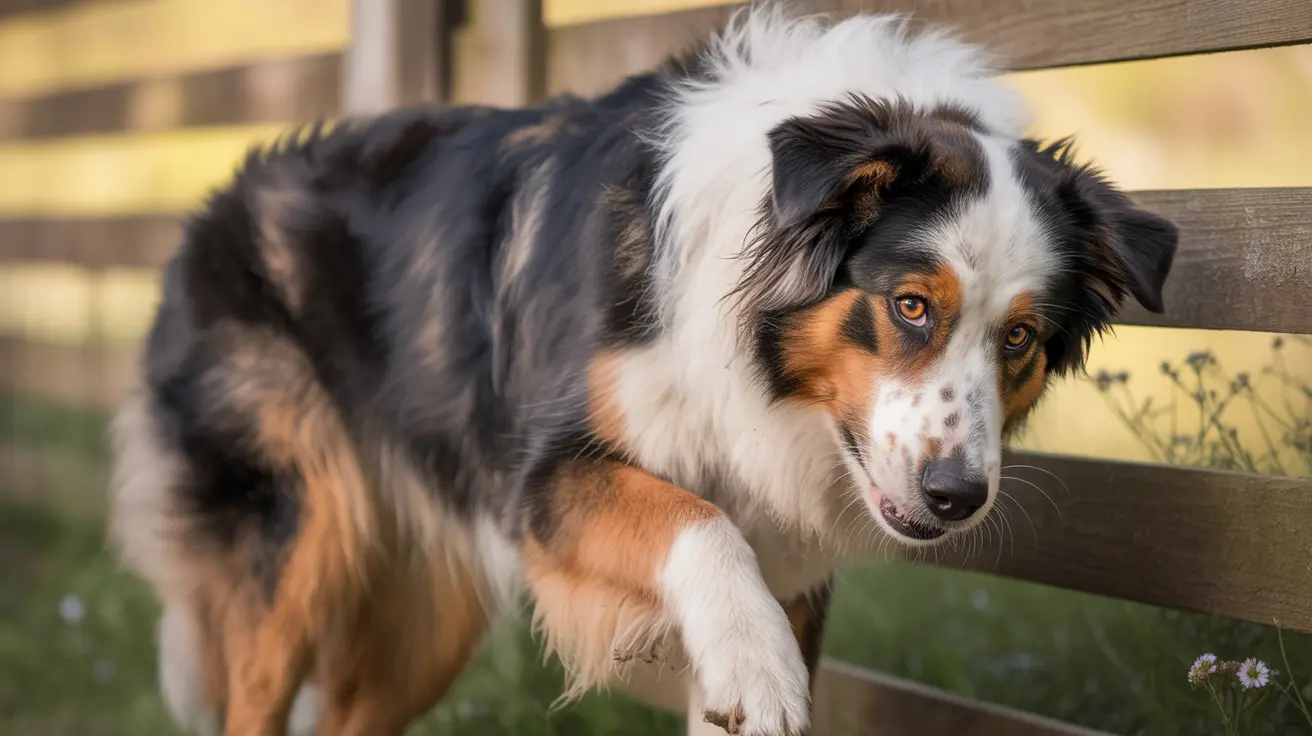Why Brushing Your Dog's Teeth Is Essential for Their Health
Maintaining your dog’s dental hygiene is just as important as feeding them a balanced diet or giving them regular exercise. Brushing your dog’s teeth plays a critical role in ensuring their long-term health and well-being. Dental problems are extremely common among dogs — with around 80–90% experiencing some form of periodontal disease by the age of three. Without proper dental care, bacteria and plaque can cause painful issues and even affect your dog’s internal organs.
The Importance of Canine Dental Hygiene
Dental disease doesn't just stay in the mouth. Over time, bacteria from infections can enter the bloodstream and spread to the kidneys, liver, and heart, potentially resulting in serious, lifelong complications. This is why regular brushing is more than just a cosmetic activity—it's a vital element of dog care.
How Often Should You Brush?
- Daily brushing is ideal as it removes bacteria and food particles before they can cause damage.
- 2–3 times a week is the minimum recommended frequency if daily brushing isn’t manageable.
- Annual professional cleanings by a veterinarian are also essential for deep cleaning.
What You Need to Brush Your Dog’s Teeth
To get started, gather the right tools:
- A pet-specific toothbrush or soft, small-headed human toothbrush.
- Pet-safe toothpaste in flavors like poultry or beef (never use human toothpaste).
How to Brush Effectively
- Choose a quiet time and place to make your dog feel at ease.
- Let your dog sniff and taste the toothpaste for familiarity.
- Use a soft cloth or finger to massage the tooth and gum line gently at first.
- Gradually introduce the toothbrush, focusing only on outer tooth surfaces.
- Brush for about 30 seconds per side, offering praise and treats afterward.
Starting the Routine Early
It’s best to start brushing your dog’s teeth when they’re young. Puppies can be slowly introduced to dental care in a positive way. However, older dogs can also learn with patience and positive reinforcement.
Helpful Tips for Brushing Success
- Keep sessions short and upbeat with plenty of positive reinforcement.
- Wear gloves if preferred, but always wash hands after brushing.
- Use a different toothbrush for each dog and replace it every 3 months.
- Avoid using baking soda or abrasive agents which could upset your dog’s stomach.
What If My Dog Resists?
For dogs that are nervous or head-shy:
- Begin with short sessions, even just lifting their lips at first.
- Gradually increase duration and involvement with consistency.
- Veterinarians can demonstrate brushing techniques tailored to your dog.
Additional Dental Care Options
While brushing is the most effective method, the following can supplement your dog’s dental hygiene:
- Dental chews approved by the Veterinary Oral Health Council (VOHC).
- Water additives that reduce bacteria and freshen breath.
- Dental wipes for plaque removal on days you can’t brush.
Warning Signs of Dental Problems
Monitor your dog for these red flags:
- Red, swollen, or bleeding gums
- Bad breath or excessive drooling
- Reluctance to eat or chew
- Chipped, loose, or missing teeth
If you observe any of these symptoms, consult your veterinarian promptly. Preventive dental care not only keeps your dog comfortable but can also enhance their lifespan and quality of life.
Conclusion
Brushing your dog’s teeth is a simple yet powerful practice that significantly impacts their health. Establishing a consistent dental hygiene routine, using the right tools, and seeking professional advice when needed can keep your pup happy, healthy, and pain-free for years to come.





